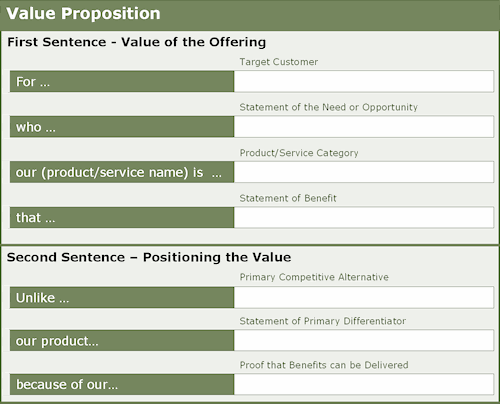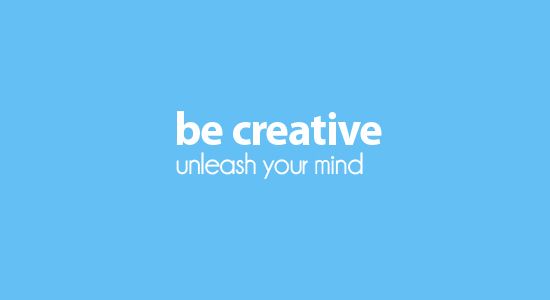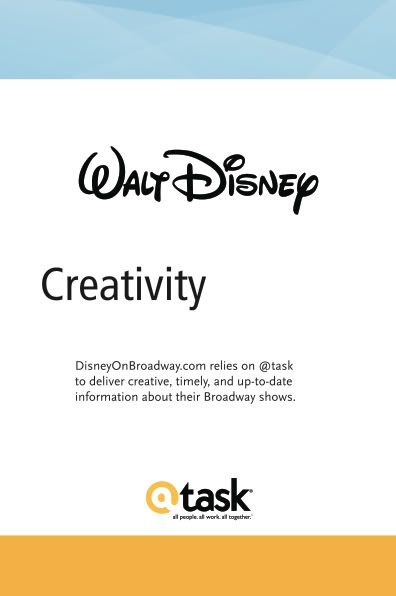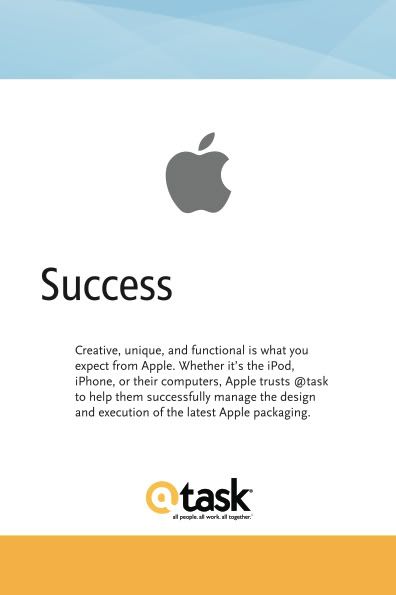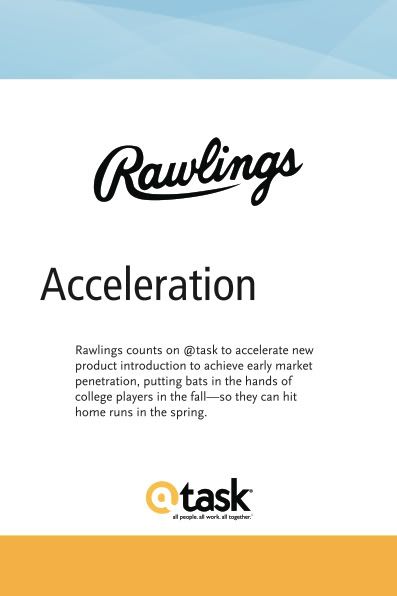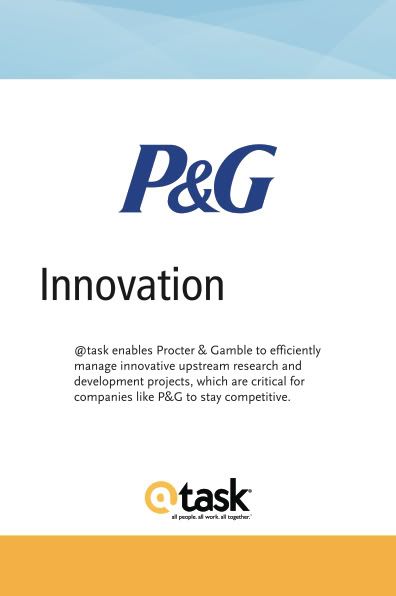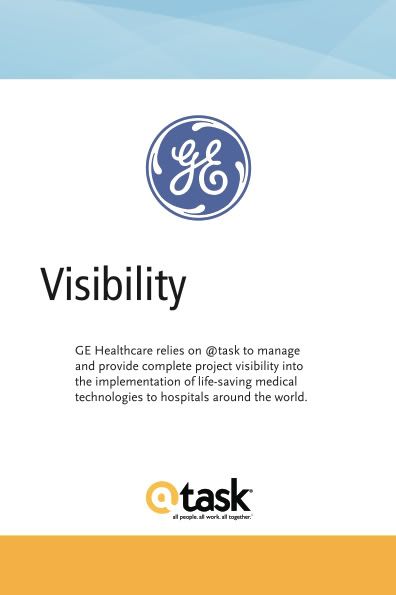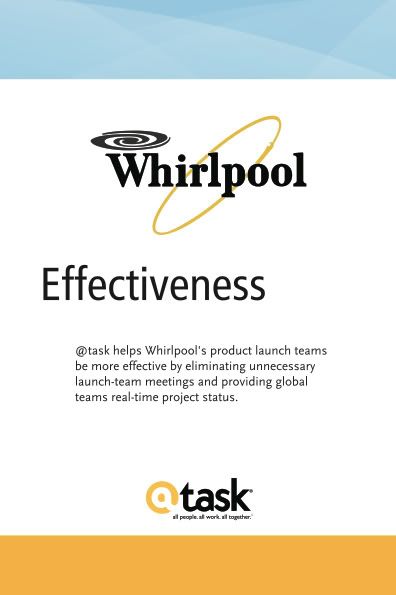Wednesday, December 5, 2012
The Four I's of Creativity
Is their a simple process to be creative?
There Is
In 1972, Alka-Seltzer launched one of the greatest ad campaigns in history. It was called, "I can't believe I ate the whole thing". The ad campaign really spoke to the problem Alka-Seltzer solved. It was a big idea that had legs. It helped Alka-Seltzer triple sales and put them on the map.
One of the main people involved in the idea was Howie Cohen. Howie says, "People need to be communicated with an emotional way and storytelling is the best way to do that.
Howie teaches 4 stages of creativity, the Four I's.
The Four I's of Creativity
I - Intuition - You kind of have an idea, but you don't have much information.
I - Information - You collect all the information. You need to understand the real problem. You find what it's all about. You understand every angle.
I - Incubation - Now you let it incubate. Forget about it. This is when the creative soup happens. This is when the big ideas come.
I - Inspiration - Then your creative ideas will come. They will come when you least expect them. Write down every idea.
I agree with Howie. Many of my best marketing ideas do not occur at the desk or in a creative brainstorm. They occur after I have incubated them. These are the shower moments, the moments when you first wake, the GYM moments, or running moments.
The 4 I's of creativity really work. Give it a try. You will thank Howie later.
These are four easy steps to be more creative in everything you do.
You can follow me on twitter here
Sunday, August 28, 2011
Internal Product Marketing Tips
As marketing professionals, almost all of your efforts are focused on the external audience, the message, the campaign, and the brand to name a few. This audience is important to the success of your marketing campaigns and company. There is also another important audience that cannot be missed as you develop strong marketing within your organization. I call them the internal audience.
Internal Audience
I define the internal audience as the departments that are within your company. For this post today I am going to narrow the internal audience to those that talk to your prospects and customers.
The Internal Product Marketing Questions (How You Doing?)
Here are a few questions you can ask yourself to see how your internal product marketing efforts are coming.
1. Is there a consistent message being told across your internal audience?
2. Does your internal audience know your value propositions?
3. Does your internal audience know why your company is better than the competition?
4. Can the internal audience quickly tell success stories of your customers?
To help answer "YES" to question #4 in our organization, we developed customer success story posters. We put these up where the internal audience could see them, read them, learn them, and incorporate them into their pitches. We wanted to keep them simple yet powerful. So we summed up the benefit in one word and their story in one to two sentences.
RESULTS:
Within a week of putting these posters up in our company, you could hear the internal audience using them in their pitches. This was a great way for our company to help the internal audience be more effective and consistent with their pitches and messages.
Here are a few examples of those posters:
Thursday, March 17, 2011
How Do You Compete? - 6 Rules to Win
What happens when thoughts like these cross your mind, "The competition is bigger than us, they have more money, how do we compete?" Let me answer that question with another question, "Do you know why your customers choose you over the competition? If not, it is time to learn why and give your customers a reason to choose you over the competition.
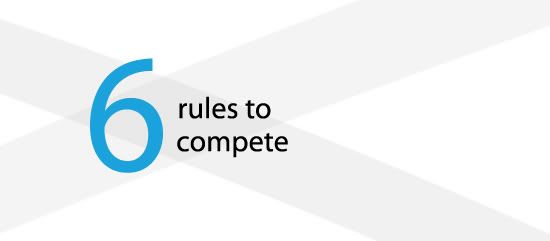
Compete with a Strong Competitive Advantage
Jaynie L. Smith, author of Creating Competitive Advantage says this, "The biggest marketing flaw in most companies is their failure to fully reap the benefits of their competitive advantages. Either they think they have a competitive advantage but don't. Or they have one and don't even releaze it. Or they know they have a strong competitive advantage but fail to promote it adequately to their customers or prospects." I recommend Jaynie's book.
Create a Competitive Advantage
So how do you create a competitive advantage? First, grab a pen and paper and get ready to go into brainstorm mode. You have your paper and pen, right? So spend a few minutes writing down why you think your customers choose you over the competition. Once you have a good list, let's make sure it passes the competitive advantage rules.
6 Important Rules
In Jaynie's book she says a competitive advantage must follow 6 important rules:
1. Competitive advantage is objective, not subjective: You can't just say people do business with you because you have great customer service or good quality.
2. It is quantifiable, not arbitrary: Let's compare the following statements, "We have great customer service." or "Ninety-five percent of our business comes from referrals." The second one passes rule #2.
3. Is in not claimed by the competition: You need to know what the other guy doesn't offer that your customer wants and claim it first.
4. It is not a cliche: Once again you can't say you have great customer service, you'll be tuned out, be specific. Something like, you provide service twenty-four hours a day, seven days a week.
5. It has to be true: It has to be true, if it is not true this can ruin your creditability and turn away customers.
6. Your customer has to care about it: You customer must really care about the competitive advantage you are touting, if it doesn't resonate it will do no good.
Here are a few examples of a good competitive advantage statments from Jaynie's book:
Company:
Seitlin Human Resources
Competitive Advantages:
"We save clients $30k to 50K annually in human resource management costs"
"We maintain a 97 percent client retention rate"
Once you have created your competitive advantages and vetted them with your customers. Make sure your employees know your competitive advantages by heart, so if anyone ever asks, "Why should I choose you over the competition?", everyone is on the same page.
Warren Buffet said this regarding competitive advantage, "The key to investing is not assessing how much an industry is going to affect society, or how much it will grow, but rather determining the competitive advantage of any given company and above all the durability of that advantage."
Thursday, March 10, 2011
5 Marketing Positioning Strategies
Lately, I have been thinking a lot about the different types of competitive positioning strategies. The types of strategies that help to differentiate your offering and create value for your market. Short and sweet, the types of strategies that help you carve out your spot in a competitive landscape and help focus your company.
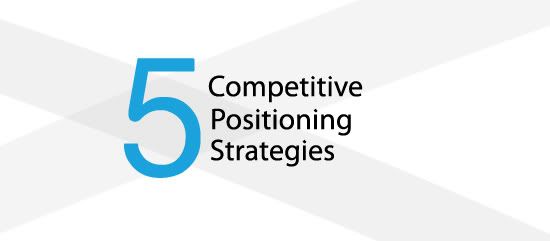
5 Key Competitive Positioning Strategies
1. Front Attack: A front attack strategy is a direct approach based on the customer's perception of your overwhelming superiority in solution, price or reputation.
Guidelines and Caveats
• 3:1 advantage
• Requires size, speed or surprise
• Resource intensive
• Blatant/obvious
• Most often used and easily defeated strategy
2. Flanking: A flanking strategy shifts the focus of the customer's buying criteria to new or different issues that favor your solution.
Guidelines and Caveats
• Don't play by their rules
• Right timing
• Right target
• Right Issues
• Focus on business value
• Don't open the "playing field"
3. Fragment: A fragment strategy divides the opportunity into smaller pieces and focuses the customer on a subset of the issues that you can address.
Guidelines and Caveats
• Leverage your position
• Requires support of your product or service
• Pick the correct base for the future
• Monitor the cost of each sale
4. Defend: A defend strategy protects your position from the inevitable assault from your competitors
Guidelines and Caveats
• Articulate your credibility
• Articulate your business value
• Beware of isolation
• Keep your eye on your competitors
5. Develop: A develop strategy establishes a position for a possible future
Guidelines and Caveats
• Not in the position to compete
• Establish presence for the future
• Focus on credibility
• Qualify your business value
I will be writing a few blog posts focusing on each positioning strategy.
Tuesday, February 15, 2011
Develop Value Propositions that Resonate
A value proposition is a carefully crafted, clear, and simple statement that reflects the essence of the value your business provides to a target market. It should answer the question: “Why should I choose to buy this product or service, and why now?”. It’s a key element of developing a powerful marketing strategy.
The value proposition has three main parts:
1. Who is the target customer?
2. Why should the customer buy our offering?
3. What are we selling?
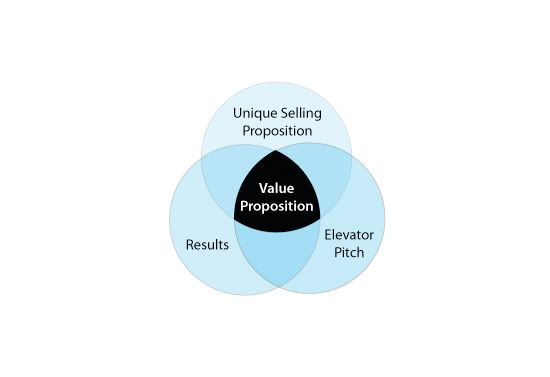
A value proposition is also called a positioning statement. Accurately positioning your product in the mind of a prospective buyer is one of the most important apects of marketing your offering. Importantly, your value proposition needs to show not only why your product or service should be chosen, but needs to also pass the "So What?" test with your target audience.
Build Value Propositions That Resonate
Here is template that can be used to build a two-sentence value proposition. Try filling in the blanks in the template with your own product or service.
